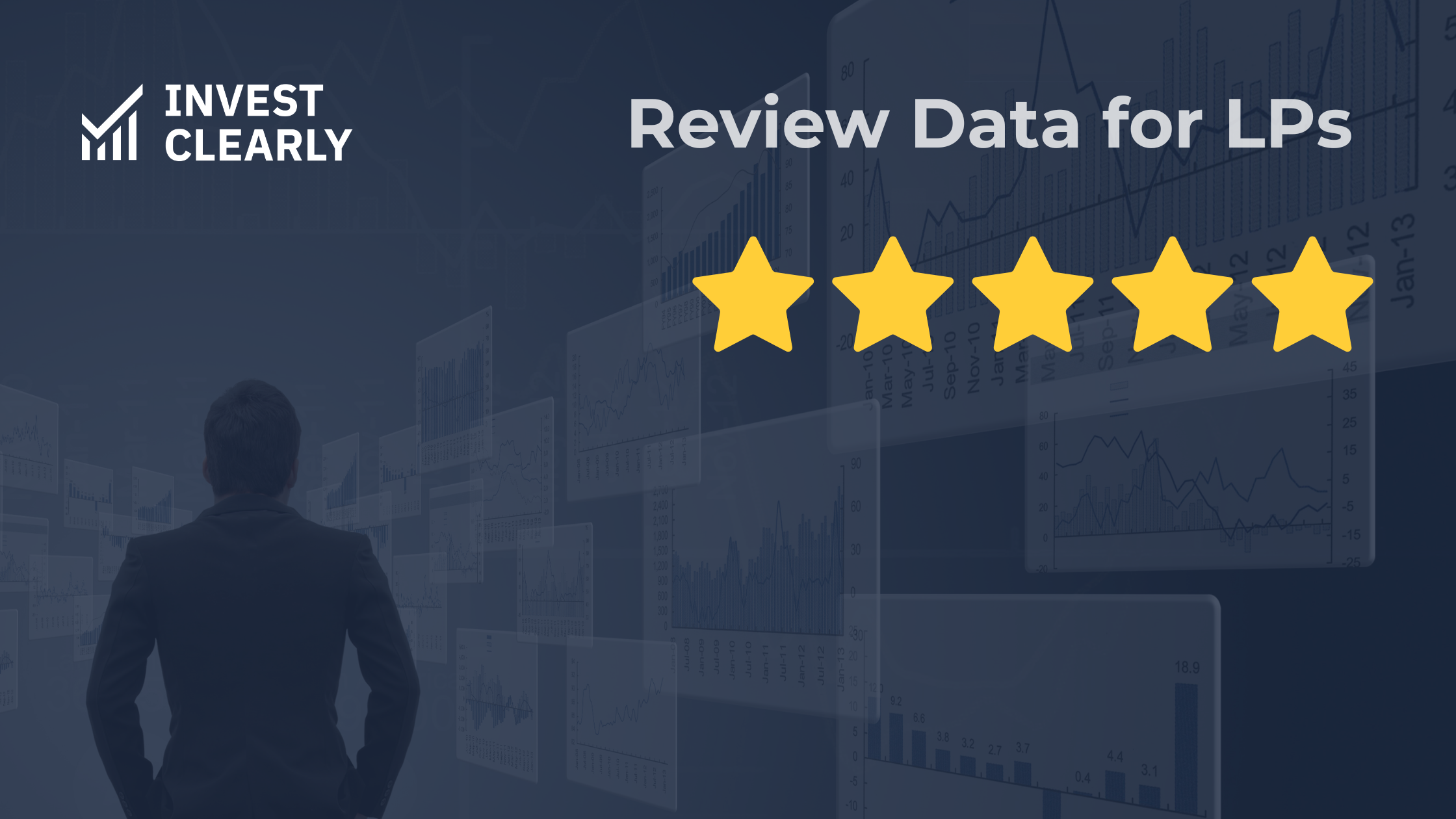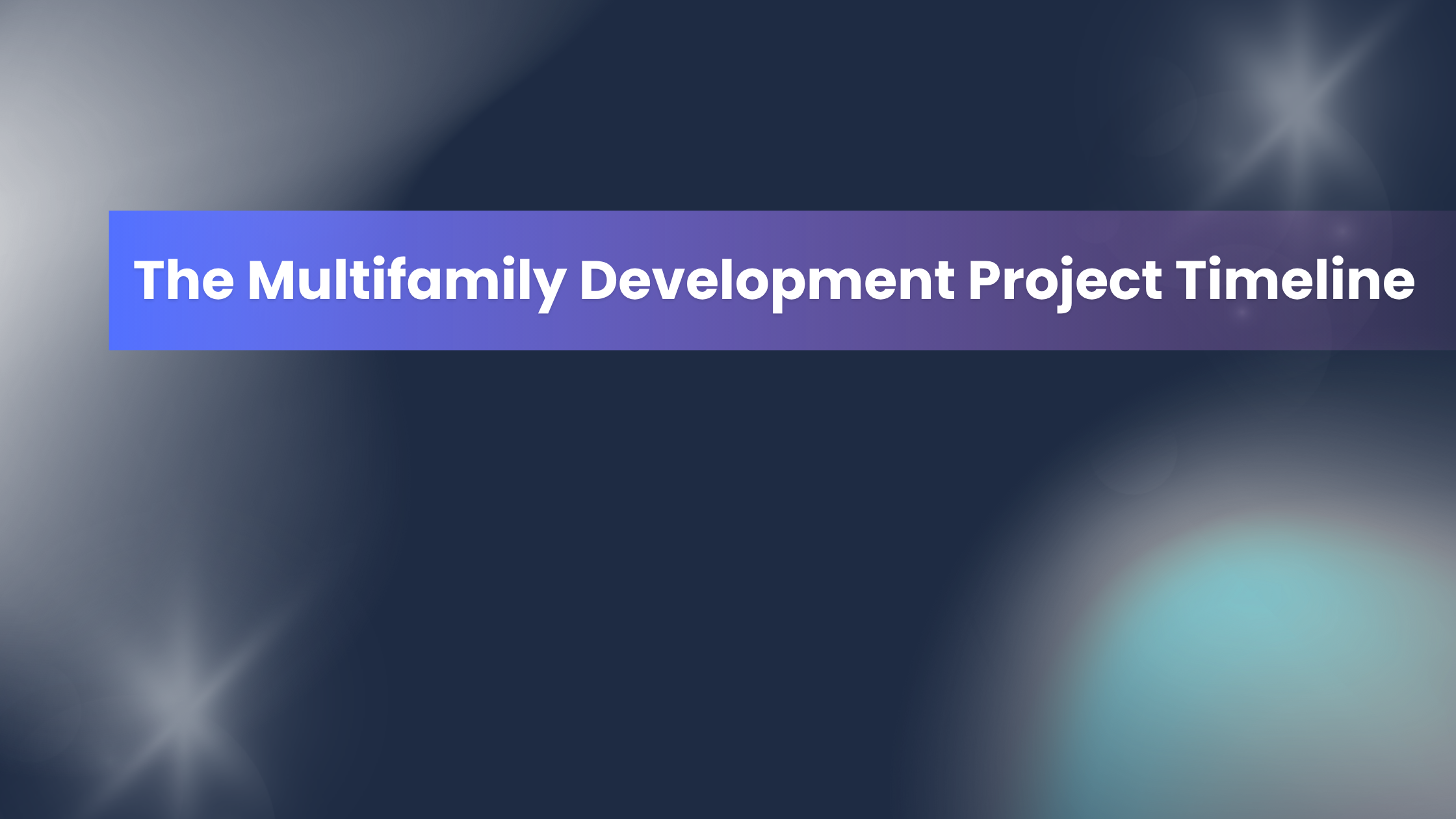
Never miss an Invest Clearly Insights article
Subscribe to our newsletter today
When evaluating a real estate investment, it’s natural to zero in on return projections: the promised yield, the targeted IRR, or the potential equity multiple. But many investors, especially those transitioning from active ownership into passive structures, overlook a critical question:
Where in the capital stack does my money sit?
Your answer determines not only your return profile in good times, but also your level of protection in bad times. When markets soften, tenants vacate, or development timelines stretch, the capital stack decides who gets paid first and who absorbs losses.
For accredited investors exploring opportunities across funds, syndications, and private placements, understanding the capital stack is essential. Let’s break it down.
What Is the Capital Stack?
The “capital stack” describes the hierarchy of financial claims in a real estate investment. Think of it as a layered pyramid of who gets paid, when, and how much.
- At the bottom: Senior lenders, who provide the bulk of financing and as such hold the most security.
- At the top: Common equity investors, who are paid the appreciation when the property is disposed of (aka the upside) but also take the first hit in a downturn.
The principle is simple: the lower your position in the stack, the safer but more limited your return. The higher your position, the greater the upside potential, but the greater the risk of loss.
Visualizing the stack as a pyramid helps: the broad base represents senior debt, while the narrower top represents common equity. As you move up, the investor pool shrinks, but the return expectations rise.
Senior Debt: The Foundation of the Stack
Senior debt is the cornerstone of most real estate transactions. Banks, insurance companies, and private credit funds typically occupy this role.
- Priority: Senior debt has the first claim on income and collateral.
- Return profile: Lowest risk, lowest return. Interest rates are typically fixed or floating within a negotiated range.
- Protection: Secured by a mortgage or deed of trust. If the borrower defaults, the lender can foreclose and take control of the property.
Downside scenario: Even if property values decline significantly, senior lenders are usually protected up to the value of their loan. For example, if a $50 MM property falls to $40 MM, the senior lender with a $30 MM loan is still likely to be repaid in full.
For investors, this position offers stability and predictable income, but limited upside. You won’t share in any appreciation, only receive pre-negotiated fixed interest payments.
Mezzanine Debt: Filling the Gap
Above senior debt sits mezzanine financing, often provided by private debt funds or specialty lenders.
- Priority: Mezzanine lenders are second in line. They’re subordinate to senior lenders but as debt providers, still ahead of equity holders.
- Return profile: They receive higher interest rates than senior debt, often in the low-to-mid teens. Sometimes includes equity kickers or warrants.
Protection: Possibly secured by the property if equity is available, or by a pledge of the borrower’s ownership interests in the property-holding entity.
Downside scenario: If the project underperforms, mezzanine lenders may recover less or nothing once the senior lender is paid. Using the $50 MM property example, if senior debt is $30 MM and mezzanine debt is $10 MM, a drop in value to $35 MM could leave mezzanine investors with a partial recovery at best.
Mezzanine debt offers attractive yields, but it requires careful underwriting. Investors should consider both the property’s value cushion and the senior lender’s loan-to-value (LTV).
Preferred Equity: The Middle Ground
Preferred equity occupies a hybrid position between debt and equity. It’s increasingly common in today’s capital-constrained environment.
- Priority: Preferred equity investors are entitled to a set return, generally ranging from the high single digits to low double digits, before common equity sees a dime.
- Return profile: Higher than debt, lower than common equity. Payments may be made monthly, quarterly, accrued, or structured as a combination.
- Protection: Contractual priority, but no direct lien on the property. Remedies are weaker than debt.
Downside scenario: Preferred equity will get paid before common equity in a cash-flowing property. But in foreclosure, they may stand behind senior and mezzanine lenders without collateral protection.
For accredited investors, preferred equity can be attractive: garnering more yield stability than common equity, but still participating in the deal’s upside structure.
Common Equity: The Last In, First Out
At the top of the stack sits common equity. This is the riskiest, but potentially most rewarding, position.
- Priority: Last in line. Common equity only receives distributions after all debt and preferred equity obligations are satisfied.
- Return profile: Unlimited upside. Returns come from property appreciation, operational improvements, and eventual sale proceeds.
- Protection: Common equity investors are last to be paid and returns aren’t guaranteed. Protections are limited, aside from cases of clear fraud or mismanagement.
Downside scenario: In distressed sales, common equity is often wiped out entirely. If property values fall below the combined debt and pref layers, equity investors may recover nothing.
That said, common equity is also where fortunes are made. Value-add sponsors, ground-up developers, and opportunistic funds rely on common equity to fuel high-growth strategies.
Why the Stack Matters When Things Go South
In a stable or growing market, the distinctions between these layers may feel academic. Everyone gets paid, and returns flow as promised. But when projects stumble, the stack determines survival.
- 2008 case study: In the global financial crisis, overleveraged multifamily projects saw common equity wiped out. Mezzanine lenders often took heavy losses. Senior lenders, while challenged, usually recovered most principal.
- Today’s environment: With rising interest rates, tighter credit, and cap rate expansion, middle layers of the stack (mezzanine and pref equity) face heightened risk. Deals that closed with aggressive valuations in 2021 and 2022 are now being stress-tested.
Key lesson: Don’t just evaluate the sponsor and the projected return. Understand your exact place in the capital stack.
At PPR Capital Management, we manage more than $1.4 BN in capital on behalf of a community of over 1,500 accredited investors. If you’d like to learn more about how we deliver returns while mitigating risk, book a meeting with our Investor Relations representative.
Written by
Jalen joined PPR Capital Management in 2019 and serves as the Senior Marketing Manager. In his role, he is responsible for educating new investors about PPR’s investment offerings and how they can utilize the funds to meet their investment goals. In his tenure at PPR, Jalen has aided in raising over $100M in new capital from investors and built out various processes within the Investor Relations Department.
Read Our ReviewsOther Articles

The Voice of the LP: Q3 2025
Analysis of Q3 reviews that uncover the lived investment experiences of LPs. Discover common themes in positive reviews and negative reviews, and use our analysis and the experience of other investors to improve your decision making.

Investor Experience Index Q3, 2025: LP Takeaways
Discover quarterly insights of how LPs rate their experiences with GPs. Get data-driven questions to use when evaluating GPs.

Investor Experience Index Q3 2025: GP Takeaways
The Investor Experience Index provides a quarterly snapshot of how limited partners (LPs) rate their experiences with general partners (GPs). The data for this report is drawn exclusively from verified investor reviews published on Invest Clearly in Q3 2025.

Real Estate Recapitalizations—What Passive Investors Need to Know
A recapitalization is a restructuring of a property's capital stack (the mix of debt and equity that finances an investment). While they can be legitimate business strategies, transparency can be an issue.

Why Syndications Remain My Investment Vehicle of Choice - Terence Critchlow
Terence Critchlow shares why he prefers real estate syndication. This article examines his rationale while addressing the constraints inherent to syndications.

From Land to Lease-Up: The Lifecycle of a Multifamily Development Deal for LPs
This guide walks you through the typical timeline of a multifamily development project from the LP perspective. Learn when investors come on board, what happens during construction and lease-up, and how profits are realized at exit.